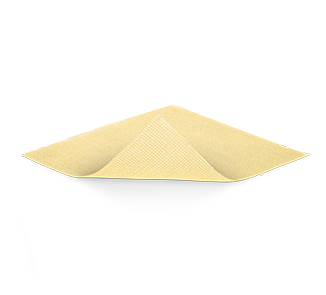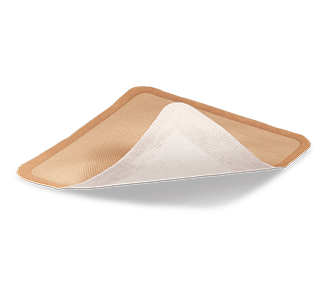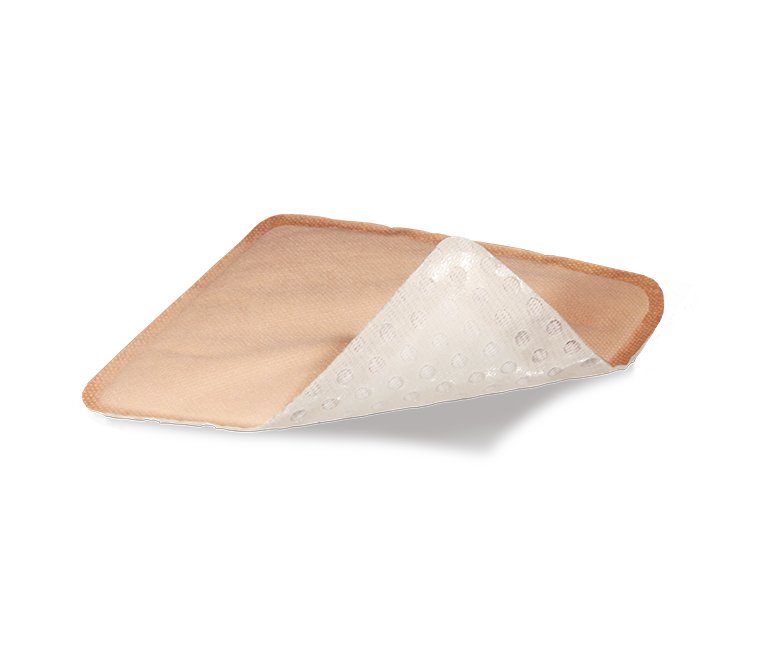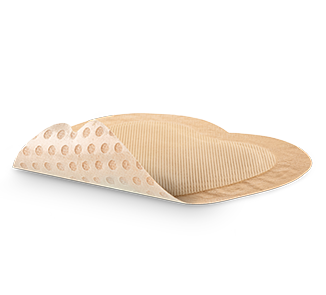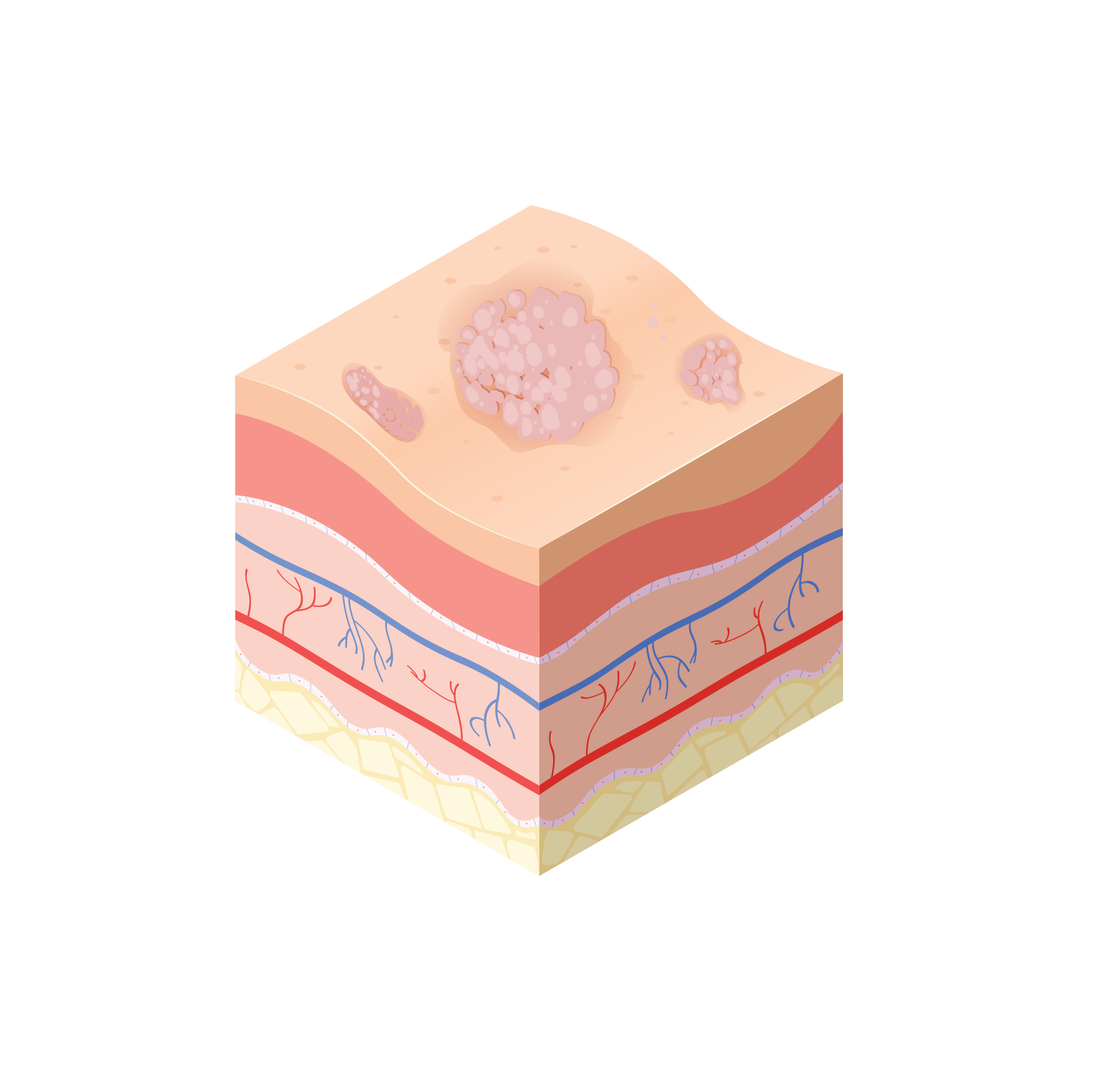
What is a Fungating Wound?
Fungating wounds are a complication of cancer which develop when cancer that is growing under the skin breaks through the skin and creates a wound.
They are caused by the infiltration of the skin and its supporting blood and lymph vessels by a local tumour or result from metastatic spread from a primary tumour. They can be painful, produce high levels of exudate, cause bleeding and be malodourous. Other problems include the presence of necrotic tissue, which predisposes the wound to infection. Uncontrolled heavy exudate produced by a fungating wound can also damage the surrounding skin.
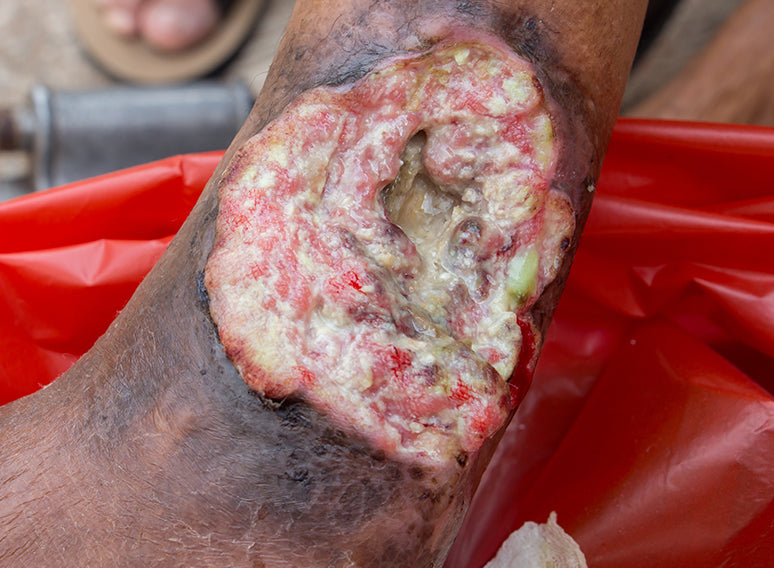
Treatment Aims
The objective of wound care for fungating wounds is management, rather than healing. This can be complex. Fungating wounds are prone to bleeding, which can occur more often during dressing changes so non-adherent dressings should be used to minimise pain and trauma. For this reason, the wound should be gently cleansed avoiding methods that can be uncomfortable for the patient. To avoid maceration of the skin surrounding the wound, a suitably absorbent dressing should be selected if the wound is highly exuding.
Malodour can have a devastating effect on a patient’s psychological and social wellbeing, so should be managed with products that can reduce this to allow the patient to live as normal a life as possible.
Products that manage Fungating Wounds
Wound Types
Select a wound type below to discover more...
-

Necrotic tissue is dead or devitalised non-viable tissue which impedes wound healing.
-

Slough refers to the yellow/white material in the wound bed.
-

Granulation describes the appearance of the red, bumpy tissue in the wound bed as the wound heals.
-

Epithelialisation is the final stage of wound healing and is pink/white in colour.
-

Cavity wounds can be defined as a wound that extends beneath the dermis.
-

A scar may appear flat, lumpy, sunken, or coloured.
-
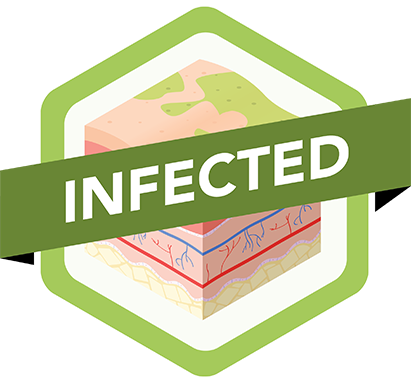
Infection can develop in any type of wound and is usually accompanied by pain, inflammation and swelling.
-
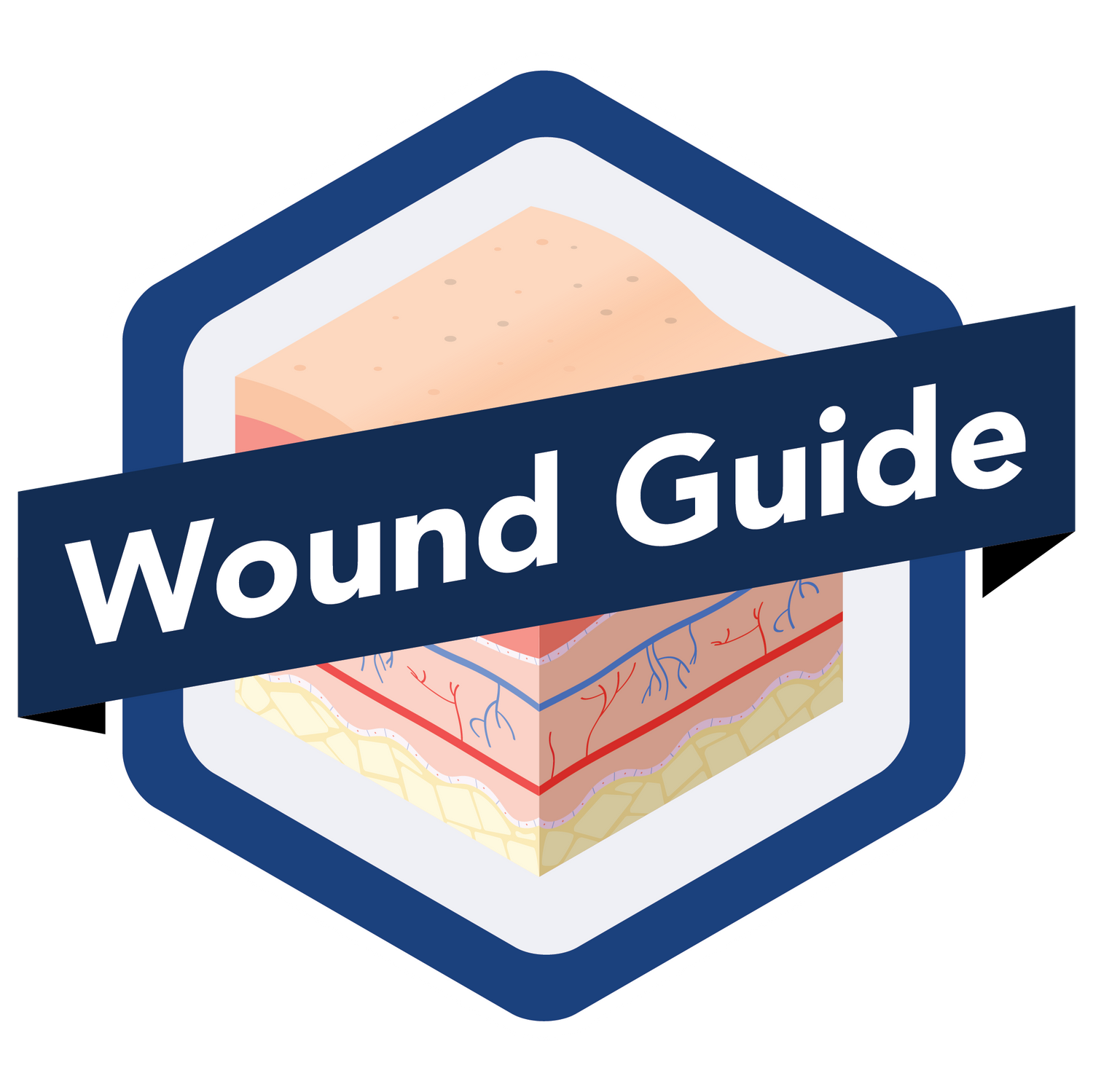
Return to the Wound Guide Information Page



